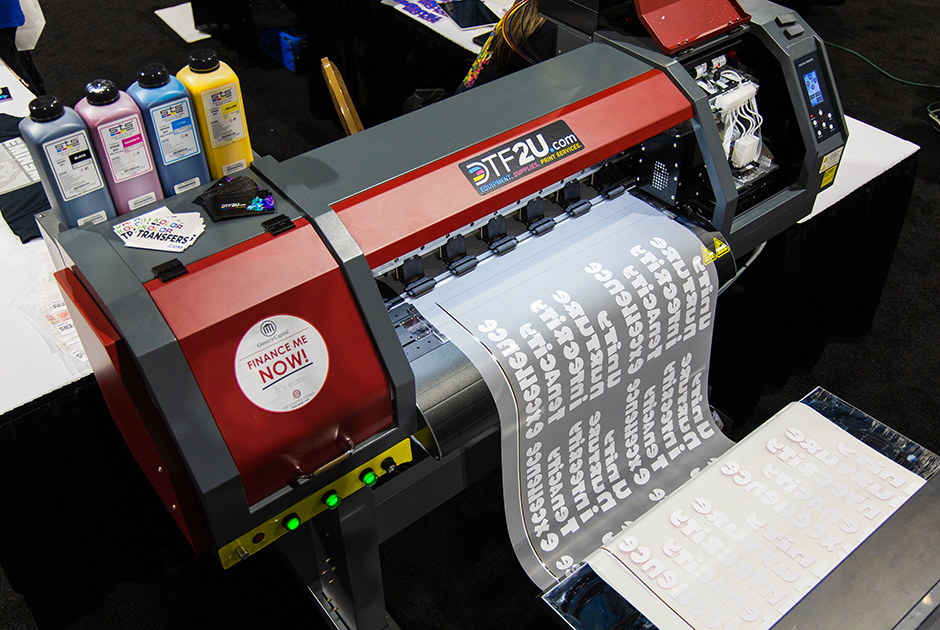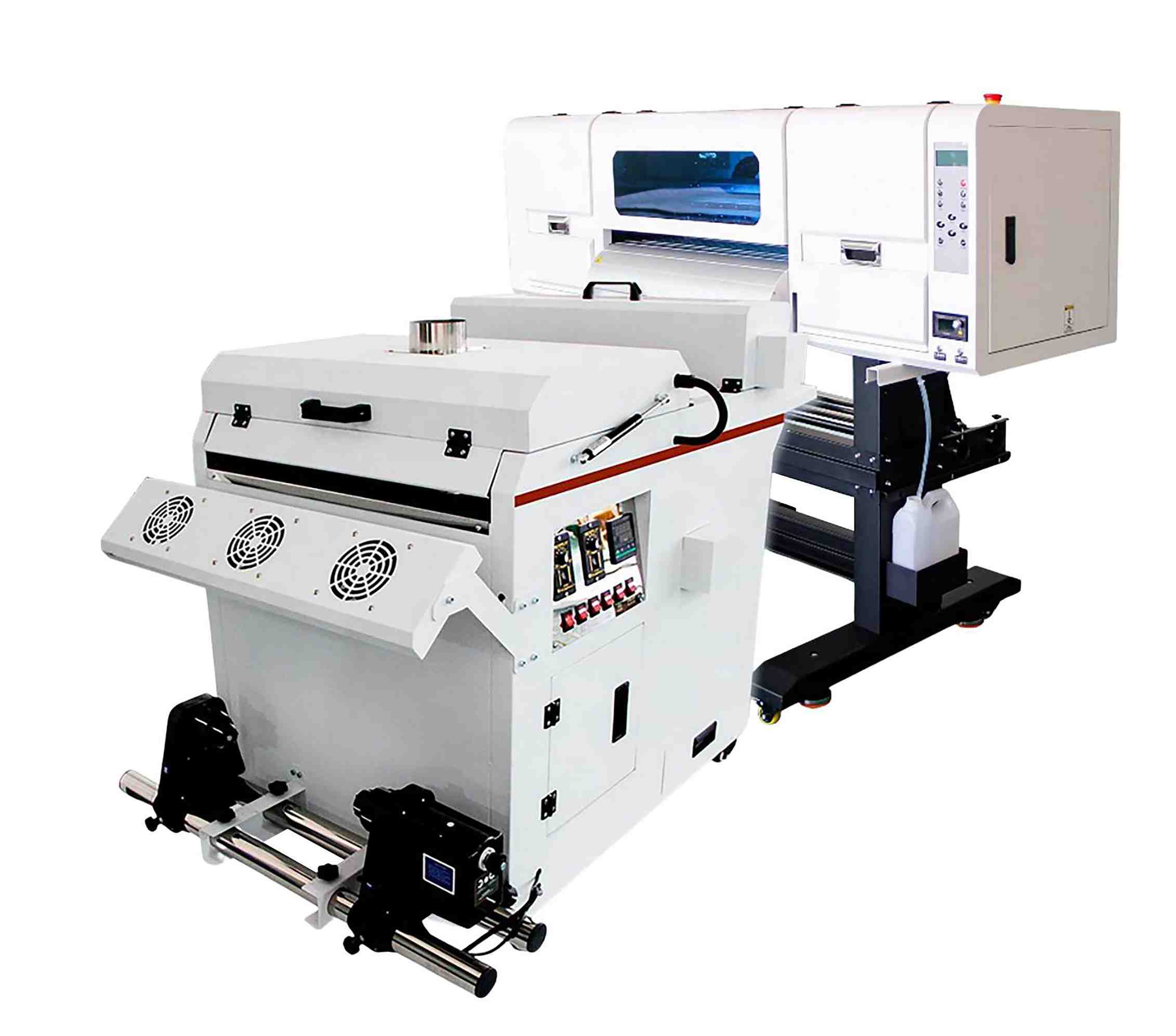DTF Printing Revolution: Unleashing Creative Thinking in Textile Design and Manufacturing
Ultimate Overview to DTF Printing Methods for Magnificent Fabric Styles
Beginning on the journey of grasping DTF printing strategies can open up a globe of opportunities for producing aesthetically fascinating textile designs. In this guide, we will discover the detailed information of DTF printing, from understanding the essential basics to unraveling advanced shade methods that can raise your layouts to new heights.
Recognizing DTF Printing Fundamentals
DTF printing, a procedure that entails transferring styles from an unique movie to textiles making use of heat and pressure, creates the structure of textile printing strategies. The first action in DTF printing entails creating or choosing a layout that will be published onto the fabric.
The last outcome is a sensational, durable textile layout that is cleanable, adaptable, and immune to fading. In general, recognizing the basics of DTF printing is necessary for grasping this modern fabric printing method.
Picking the Right Fabric Materials
Having actually established the fundamental principles of DTF printing methods for fabric layouts, the next vital consideration depends on choosing the appropriate textile products to match this cutting-edge procedure properly. The success of a DTF print mostly depends upon the compatibility between the selected material and the printing technique. When selecting fabric products for DTF printing, it is vital to take into consideration the textile's make-up, weave, and appearance. Fabrics that work well with DTF printing include polyester blends, spandex, nylon, and various other synthetic materials. These materials normally have a smooth surface area that enables lively and comprehensive prints. In addition, the stretchability of these products can fit the warm transfer procedure entailed in DTF printing without misshaping the style. It is advisable to avoid all-natural fibers such as cotton or silk, as they may not produce the very same level of print quality and sturdiness. By picking the right textile materials, designers can make the most of the potential of DTF printing to produce resilient and sensational fabric designs.

Mastering the Printing Process
To excel in DTF printing methods for textile designs, mastering the printing procedure is necessary for achieving top quality and constant outcomes. The temperature, stress, and duration of warmth application need to be carefully controlled to ensure appropriate adhesion of the design to the textile. By sharpening each of these steps in the printing process, designers can continually generate sturdy and sensational textile layouts with DTF printing techniques.
Enhancing Designs With Shade Methods

Furthermore, try out shade slopes can bring a sense of activity and fluidity to the style. By mixing shades perfectly, a gradient effect can be attained, adding a contemporary and dynamic touch to the textile style. In addition, utilizing shade obstructing methods can produce striking and strong visuals by comparing various strong colors in distinct sections of the layout.
In addition, including metal or neon colors can provide a appealing and unique element to the fabric design, making it stand out and emanate a sense of vibrancy. When purposefully applied, these shade techniques home can elevate click this link the overall aesthetic allure of textile layouts, making them extra memorable and exciting.
Troubleshooting Common DTF Printing Issues
After exploring numerous shade strategies to improve fabric styles, it is important to attend to typical DTF printing problems that might arise throughout the manufacturing process. Additionally, concerns with picture clarity and intensity can take place due to low-resolution images or incorrect printing techniques. By being aware of these typical problems and carrying out the required troubleshooting steps, you can boost the general top quality of your DTF printed textile designs.
Final Thought
Finally, mastering DTF printing techniques is crucial for creating magnificent fabric designs. By comprehending the fundamentals of DTF printing, choosing the appropriate products, and boosting styles with color techniques, one can accomplish excellent outcomes. It is necessary to fix common problems that may develop during the printing procedure to guarantee a successful outcome. With technique and focus to information, one can create attractive and distinct textile designs making use of DTF printing strategies.
DTF printing, a procedure that involves moving styles from an unique movie to textiles utilizing warmth and stress, develops the foundation of textile printing strategies.Having established the fundamental concepts of DTF printing strategies for textile designs, the next essential consideration exists in selecting the ideal fabric materials to complement this ingenious process efficiently. By picking the ideal fabric materials, developers can make best use of the possibility of DTF printing to create resilient and spectacular textile styles.
To stand out in DTF printing strategies for textile designs, grasping the printing process is crucial for Get More Information attaining regular and high-quality outcomes. DTF Printing. By honing each of these steps in the printing process, designers can continually create sturdy and magnificent textile designs with DTF printing techniques